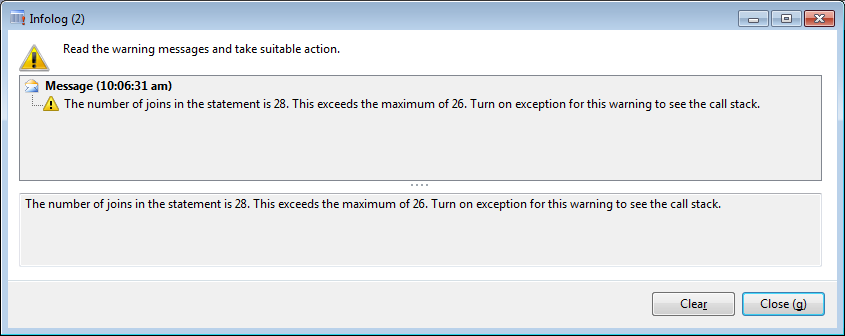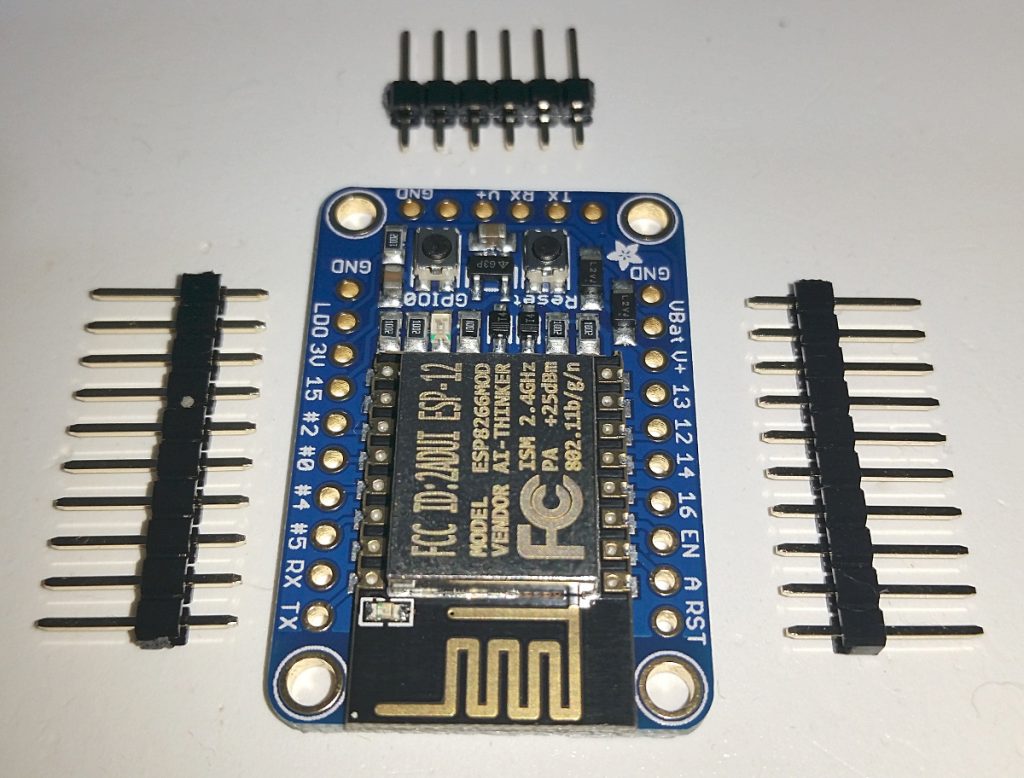After having worked in different IT departments for 30 years, one of my standard quips is that our job is to ensure that the network doesn’t turn into a notwork.
Now it seems that there is a new need for that term “Notwork”, and it’s related to the so called “Internet of Things”, or “IoT”.
I have several of these electronic devices around the home, measuring temperature, controlling lights, measuring power consumption, etc., and they all fall under what people will call Internet of Things.
However, not a single one of these devices are on the Internet… In fact, the wireless network they connect to is not even routed to internet, it is a completely separate network only communicating with my device management server.
So I have decided to call this a Network of things, or Not. OK, I just know that is not as catchy as internet of things, and I’m going to have a hard time selling the idea of calling it “Not”. And if I ever start building and selling devices commercially, it is going to be tough convincing people that “notwork” devices actually work…
However, that’s a worry for another day so there it is, I proudly introduce the notwork.



